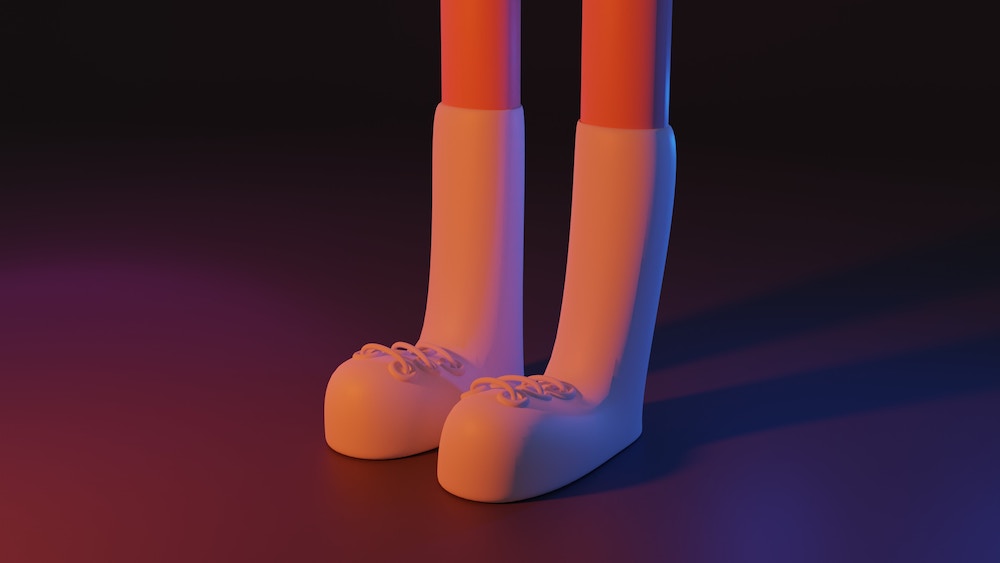Frank is a bear - but he's not just any old bear. He's a bear who knows...Read more ▸

What you should know about fashion’s 3D product development
- By Dejan Zvekic
Keeping up with the competition: every business strives to do it, but the means of doing so has changed drastically over the past decade. For the world of fashion sourcing, it’s about digitizing – and it all comes down to 3D.
Several major initiatives and associations are driving the use of 3D product development in fashion – but the industry is also facing several challenges. Read on to learn the in’s and out’s of this shift and the technology behind it.

Propelling the shift to 3D
There are few main drivers coming from different roles and needs inside digitalization and 3D product development. On top of this, there are also initiatives driven by various stakeholders who are trying to engage more parties in a common goal.
One driver of 3D product development is the 3D.RC project, a collaborative effort between major fashion brands, software companies, and other stakeholders to develop industry-wide standards and best practices around this digital design method. The project aims to promote the adoption of 3D technology throughout the fashion industry and to establish common guidelines for its use in product design, development, and production.
Another key initiative is organized around a consortium of fashion companies, technology providers, and research institutions working together to promote the adoption of digital technologies in the fashion industry. These platforms aim to create and implement new digital tools and processes for the design, development, and production of fashion products, including 3D design and virtual prototyping.
In addition to these efforts, several associations and organizations are working to support the adoption of 3D product development within fashion.

Barriers to adopting 3D
Despite the growing interest and investment in 3D product development in fashion, there are also challenges to its adoption and implementation. The high cost of 3D software and hardware; the need for specialized training and skills among designers and production teams; and the new infrastructure and processes required to support 3D workflows are the main obstacles.
However, with continued investment and collaboration among industry stakeholders, these challenges can be overcome and the fashion industry can continue to move toward the universal adoption of 3D technology.
Speaking of technology
So, what new software and technologies are actually used for 3D product development? There are a wide range of options designed for these purposes, but here are a few of the main ones:
- 3D design software: allows designers to create digital prototypes and visualize products realistically, speeding up the product development process and reducing the need for physical prototypes.
- 3D body scanning: allows for precise measurements of the human body to create better-fitting garments.
- Virtual and augmented reality: can be used to simulate and visualize products in a virtual environment, allowing designers to see how products will look in real-world scenarios.
- PLM (Product Lifecycle Management) software: helps manage the entire product development process, from concept to production, improving collaboration between teams and streamlining workflows.
- Digital textile printing: allows for high-quality printing directly onto fabrics, which can speed up the production process and reduce waste.
- Laser cutting: can be used to cut and engrave fabrics with precision, reducing waste and speeding up production.
The use of these and other technologies in 3D digital fashion design can help brands create products more efficiently, while also reducing waste and improving sustainability.
Wherever your level of knowledge is when it comes to these technologies and shifts in fashion workflows, one thing is for certain: 3D product development is here to stay and is quickly becoming the default means of apparel creation. Are you on board?
Related content
The Deadstock Debut's presence at the Kingpins Show Pop-up Event in Hong Kong has been marked by...Read more ▸
While fashion is often seen as an edgy, innovative industry, its digitization has been much slower than...Read more ▸
3D product development may not be a new concept, but its wide-spread adoption across the fashion industry...Read more ▸



